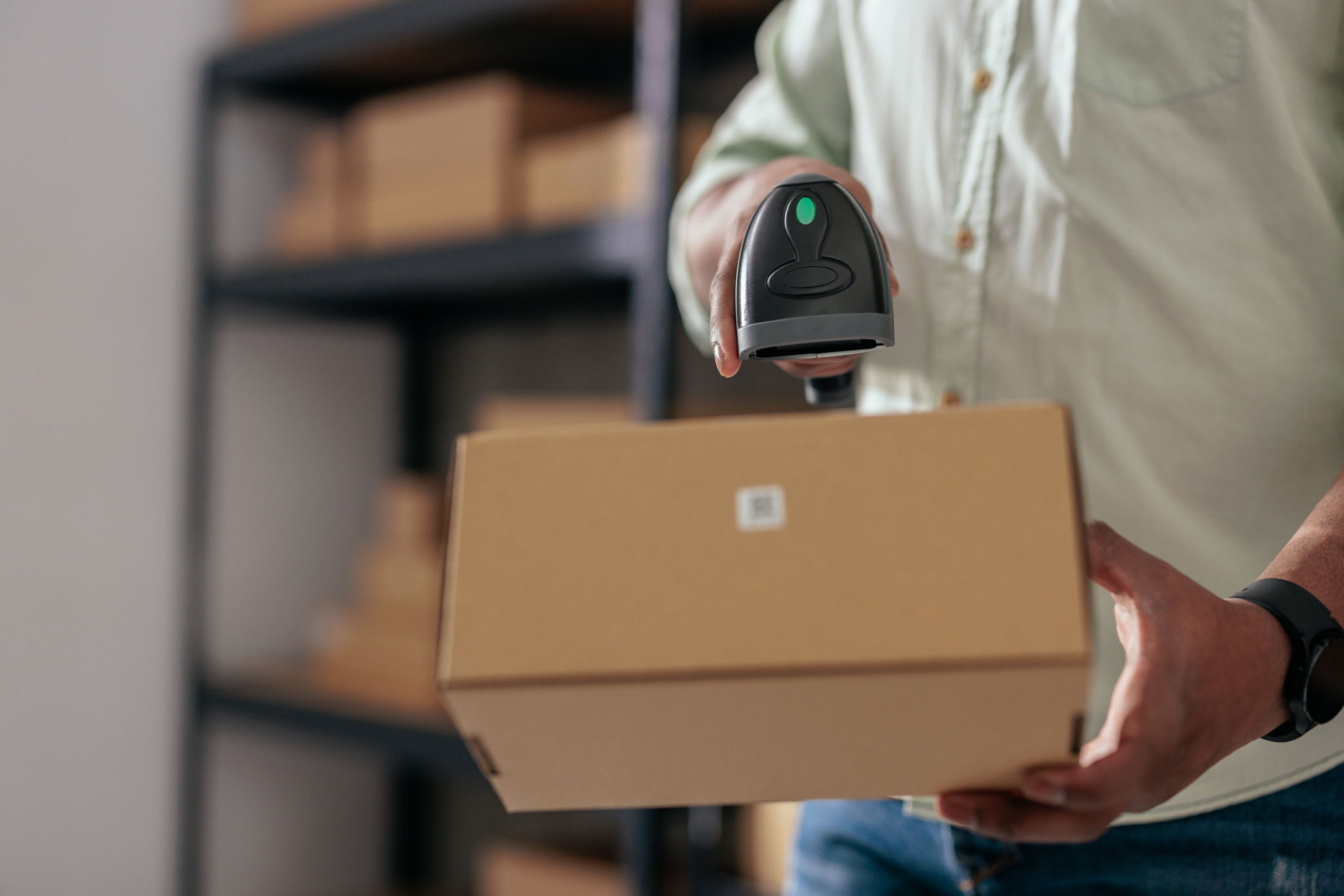Challenges in Medical Equipment Transportation
Understanding the Complexity of Medical Equipment Transportation
Transporting medical equipment is a critical task that requires precision, care, and a deep understanding of the logistics involved. Medical devices are often delicate, expensive, and vital for patient care, making their safe transportation paramount. However, this process is fraught with challenges that can jeopardize the integrity of the equipment and, ultimately, patient outcomes.
From handling sensitive instruments to navigating regulatory requirements, the transportation of medical equipment is no small feat. This article explores the top challenges faced in this domain and offers practical solutions to overcome them.

Ensuring Proper Handling and Packaging
Challenge: Delicate and Sensitive Equipment
Medical equipment often includes sensitive instruments such as MRI machines, ventilators, and surgical tools. These items require careful handling to avoid damage during transit. Improper packaging and handling can lead to costly repairs or replacements, and more importantly, could delay critical medical procedures.
Solution: Specialized Packaging and Training
To mitigate this risk, it's essential to use specialized packaging materials designed to cushion and protect delicate equipment. Additionally, training staff in proper handling techniques can significantly reduce the likelihood of damage. Investing in high-quality packaging solutions and comprehensive training programs can save time, money, and ensure the equipment arrives in perfect condition.

Navigating Regulatory Requirements
Challenge: Compliance with Legal and Safety Standards
The transportation of medical equipment is subject to stringent regulations to ensure safety and compliance. These regulations can vary by country and even by region, making it challenging to stay up-to-date and compliant. Non-compliance can result in fines, legal issues, and delays in equipment delivery.
Solution: Staying Informed and Partnering with Experts
Keeping abreast of the latest regulatory changes is crucial. Partnering with logistics companies that specialize in medical equipment transportation can provide valuable insights and ensure compliance. These experts can navigate the complex regulatory landscape, ensuring that all legal and safety standards are met.
Managing Time-Sensitive Deliveries
Challenge: Urgent and Unpredictable Timelines
Medical emergencies can arise at any moment, necessitating the rapid delivery of essential equipment. Delays in transportation can have serious repercussions, including jeopardizing patient health and disrupting hospital operations.
Solution: Efficient Logistics and Real-Time Tracking
Implementing efficient logistics strategies and utilizing real-time tracking technology can help manage time-sensitive deliveries. Real-time tracking allows for constant monitoring of the shipment's location, enabling timely interventions if delays occur. Partnering with reliable logistics providers who prioritize punctuality can also ensure that urgent deliveries are made on time.

Maintaining Cleanliness and Sterility
Challenge: Preventing Contamination
Medical equipment must be kept sterile to prevent infections and ensure patient safety. During transportation, maintaining cleanliness and sterility can be challenging, especially if the equipment is exposed to varying environmental conditions.
Solution: Controlled Environments and Sterile Packaging
Using sterile packaging and transporting equipment in controlled environments can help maintain cleanliness. Additionally, regular inspections and adherence to strict hygiene protocols can prevent contamination. Ensuring that transportation vehicles are clean and equipped with climate control features can further safeguard the sterility of medical equipment. Keeping the introduction to carboard boxes to the medical facility and no allowing wooden pallets will go far in mitigating the potential of infection control issues and insects.
In conclusion, the transportation of medical equipment involves navigating a myriad of challenges, from ensuring proper handling to complying with regulations and maintaining sterility. By adopting specialized packaging, staying informed about regulatory changes, implementing efficient logistics, and maintaining strict hygiene standards, these challenges can be effectively overcome. Prioritizing these strategies can ensure that medical equipment is transported safely and efficiently, ultimately supporting better patient care and outcomes.
